Last Updated on May 27, 2023 by Ellen
Slow travel on a budget sometimes means there are issues to deal with. But, the longer we do this (since 2015), the more we learn how to travel cheap and handle problems we didn’t anticipate in our ‘normal’ American lifestyle.
We wouldn’t change our early retirement decision, and budget slow travel is a dream come true. The lifestyle issues that most commonly arise can be overcome easily enough with some patience and planning.
This article identifies the most common challenges we’ve faced, and how we work around them.
How to travel cheap and handle problems
When we say “travel cheap” we are talking about a budget of about $2,000 a month for two people. As our long-time readers know, budgets are relative. That has been our monthly budget since we started.
In 2022, inflationary pressures are everywhere. Yet, we still strive for keeping that budget.
With that budget background for new readers, here are the top 10 challenges we find in our early retirement, budget slow travel adventure.
Cleanliness
Cheap travel doesn’t mean dirty travel. We list “cleanliness” first because it’s top of mind for travelers in the COVID era.
We have found different levels of cleanliness in our rental units both before the pandemic and in the COVID era. What we think is clean is far different from what some Airbnb hosts believe is clean.
Sometimes, our cheaper apartments ($280 – $500) are cleaner than the more expensive ones!
Dust, unpleasant smells, a little hair, a stained sheet or towel is sometimes acceptable to an Airbnb host offering a budget-friendly pad. That’s not acceptable to us.
For example, we rented a one-bedroom apartment for a month in Bangkok. It was spacious, ideally located near public transportation in a trendy spot. It had good reviews, good amenities like a washer and a pool, fast WiFi and cable TV.
Yet, when we arrived, there was a layer of dust on everything. We had to clean it ourselves.
How to solve the cleanliness problem
Airbnb disperses payment to the owner after the first 24 hours of your stay, in case something is wrong.
In our case, Theo let the owner know there was something wrong. He offered to refund the cleaning fee, and we accepted the offer.
Related: Continuous Airbnb living as budget slow travelers
But for any rental – we have always carried our own cleaning kit and get busy when we first arrive. We did this long before COVID, as a matter of, well, cleanliness.
As we wrote back in 2019, a helpful travel cleaning kit gives peace of mind, as Theo demonstrates below. Rubber gloves, dish sponges, one small hand towel and other essential items will give you peace of mind, too.
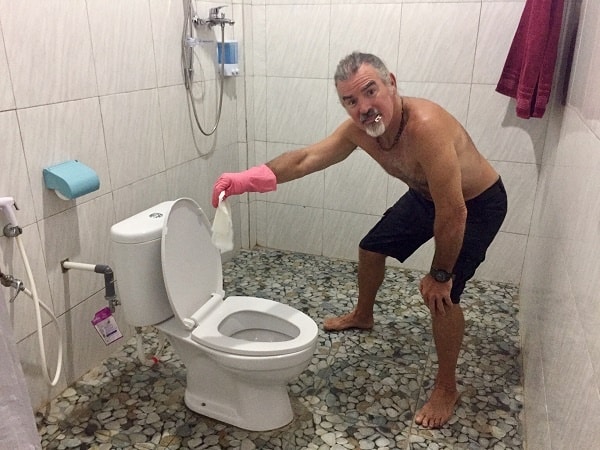
Utility issues
Even a beautiful, spotless place can have major problems with utility services in developing nations. Water and electric service can cut out – sometimes for hours, and sometimes (gulp) for an entire day!
It’s true. It’s happened to us many times – probably because we have spent a lot of our travel time in developing nations.
Power and water frequently went out in the Philippines – especially in mainland Malay in Aklan Province. It was so ridiculous – compared to American standards – that the power company would announce on Facebook when the electricity service would be interrupted for an entire day for service.
We also lost power – and water – now and then in Guatemala and Mexico.
I have been in the shower, all soaped up, when the water stopped flowing. I’ve also planned a laundry day only to find the water is off.
How to handle the electricity problem
Follow the electric company or cooperative on social media. Not even kidding. That’s the only way I knew when an upcoming day-long outage would happen in a rural area of the Philippines. Long outages meant workers were trimming jungle foliage or doing grid system upgrades.
With advance notice, you will automatically make sure your devices are fully charged, and you will plan your day around no electricity.
Sometimes, there is no advance notice. That’s happened to us a lot, too. Storms happen. Accidents happen. A small flashlight and candles will go a long way for emergencies. These items are usually sold wherever outages are an issue.
In the Philippines, I bought a small cheap rechargeable headlamp that we used on our heads as needed (pitch black beach and street and apartment), or set on a table for light at night.
How to handle the water problem
We once stayed with a Mayan family in Guatemala for several nights. They had no running water. We learned from them how much of the world handles the water problem — stack up buckets.
Years later in the Sahara Desert camp, we knew how to use the buckets. And years after that, we rented a unit in Moalboal, Philippines, with a pour-flush toilet. We knew what to do.
Malay, Philippines, had running water service, but sometimes it would go out for a day, or sometimes the pressure was barely a trickle. We always had a full bucket for flushing, and extra water stored for washing, just in case.
Drinking water is a separate thing. Most of the developing world doesn’t drink from the tap – they use giant jugs of filtered, treated water. This is worth a mention– we try to keep extra drinking water around, just in case.
Cheap travel nasties & noise
When bugs crawl out of drains… yes, that happens. Sometimes the septic system is so nasty the smell coming from drains will choke you to death.
Or when dogs bark night and day. And those times when roosters make such a racket you cannot hear yourself think!
How about this: you’re walking on a street or dirt path with chicken or goat or dog feces all around and then — a downpour! Everything gets mushy and runny and you can’t avoid stepping in nasty shit.
This all happens in developing areas — even places popular with expats and retirees. Places like Puerto Vallarta, or Tulum, Mexico, or Lake Atitlan, Guatemala, or Caye Caulker, Belize, or Fez, Morocco, or Chiang Mai, Thailand, etc., etc., etc.
How to fix nasties and noises
Drain covers can be a godsend. Blocks the smells and the bugs.
If you don’t have drain covers, designate a dish. (Remember our travel cleaning kit? Part of our cleaning routine is to wash all dishes and utensils before we use them in rentals. Read that post for more information.)
Ear plugs might come in handy. Blocks the barking dogs and crowing roosters. Theo uses these, I don’t. I’m a heavier sleeper, thankfully.


Pollution problems
We all know pollution is a problem. Especially plastic pollution. It’s especially horrific in some poorer areas of the world. You might even expect to see it before you take a trip.
Something you might not realize: many places popular with expats and retirees are more polluted than most retirement articles will admit. Lake Atitlan and Pattaya immediately come to mind.
There is also air pollution and other smelly assailants like urine, feces, rotting fruit, etc. Fact: many countries do not have, or they do not enforce, emissions standards.
Panama City, Cebu City, Philippines, and Bangkok, Thailand, are a few examples of where air pollution was awful at times when we visited.
How to handle the pollution problem
Be ready for less-than-thrilling sensory experiences.
A mask might help. If you aren’t into masks as protection against virus exposure, maybe the air pollution will make you want to wear one.
Years before COVID, we sometimes wore masks, like pictured below in 2019 from Indonesia’s burning season.
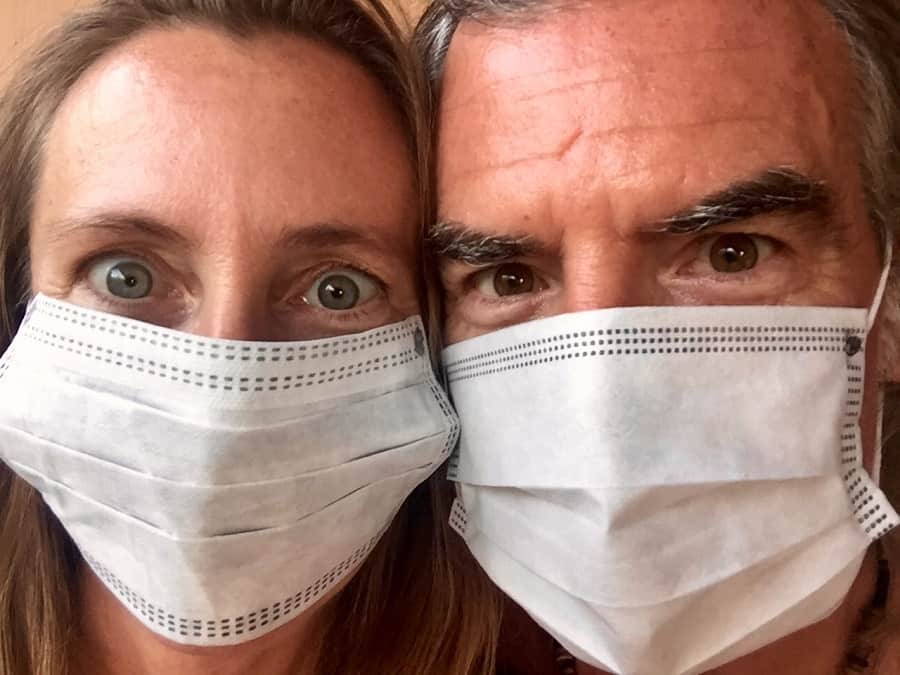
Also, reduce your footprint as much as possible to cut down on the plastic garbage everywhere.
That’s it. Be ready, and reduce use and recycle.
Sure, you can stay inside a manicured all-inclusive resort — but as our long-time readers know, we hardly think that type of experience measures up to authentic budget slow travel.
Incessant Vendors
Incessant vendors who approach you continuously to buy their wood carvings, wall art and other large nonsensical items can be annoying.
Worse, for me, is the Western, white guilt that goes with saying ‘no’.
These vendors are only trying to make a living, and we are living the good life – even though we are ‘budget’ slow travelers.
Since we know how to travel cheap, we know as some vendors approach that we aren’t going to buy their wares. So we politely say, ‘No, gracias,’ to the man on a Mexican beach carrying hammocks and blankets on a 90 degree day, and we go back to reading our Kindle Paperwhite.
Or a woman with a mobile jewelry display wants us to try on a necklace when we’d rather be left alone to check our smartphones on where to get a good seafood dinner with a view.
How to handle the incessant vendor problem
Try not to hold anything if you really don’t want to buy it. Some vendors go into a harder-sell mode if they see you hold an item.
Say no thank you. Even if you have to say it five times. Don’t be rude. Ever.
Don’t buy from kids, as tempting as it is. Parents will keep kids out of school if it will help their sales.
It’s heartbreaking, I know.
We prefer to give ‘help’ to people we come to know and befriend through our slow travel, or give to local charities, or even Kiva.org – a lending site we have plugged many times before.
This is one of the differences between travelers and tourists. Travelers buy as needed. Tourists buy souvenirs.
We do buy from vendors — if it’s something we need or want, or if we think it will really help someone, like the Mexican woman below a few days before Christmas in 2016 on our way to California. (My cousin’s kids got the dolls.)
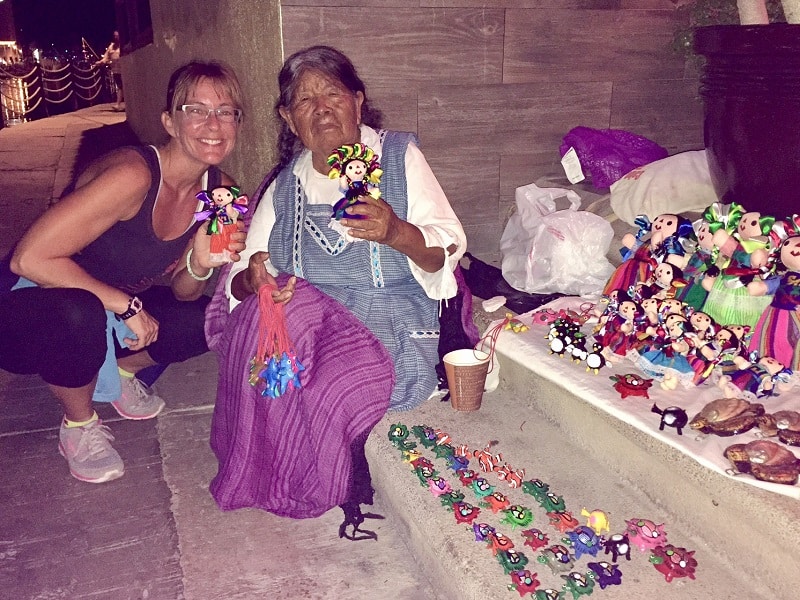
How to travel with cheap data
One key point on how to travel cheap is how to keep smartphone costs down, and general electronic communication costs reasonable.
Most Americans don’t realize the big, popular American telecommunication companies charge outrageous amounts for data plans. (Info on foreign plans is coming up.)
In the first several years of our travels, we used one shared, unlocked iPhone, and we were totally reliant on WiFi. We used an app to keep a USA phone number (we still use that number and that app – read those details in another post).
It works – if there is electricity and you have access to WiFi. We never realize how dependent were are on WiFi until the power goes out.
Then we hit another problem. That old iOS is no longer supported by many important apps we use all the time – like AirBnb, Grab, banking, etc.
And yet another problem: QR codes and other COVID-related documents are easier to manage for two people – with two phones.
These problems – electric dependency, outdated operating system, one phone for two sets of COVID-travel documents – were so easily solved.
How to solve the connectivity problem
Now we have a new cheap phone (new operating system, easier travel documentation), and we use a mix of WiFi and foreign SIM cards (electric dependency).
There are many cheap smartphones with decent options in Southeast Asia. We skipped brands like RealMe and Oppo and Huawei, and went for a Samsung.
We bought a Samsung A03s in the Philippines for about $123.
Now, all the apps we need work. The camera is amazing (even with my new wrinkles). It has a dual SIM card, and it supports a memory card!
And we both have a phone to show travel documents when required.
Foreign SIMs save a lot of money.
In India, in late 2022, it cost $12 for two people to have 4G service and 40GB of data a month – with rollover data options on Vodaphone’s post-paid plan. Suh-weet!
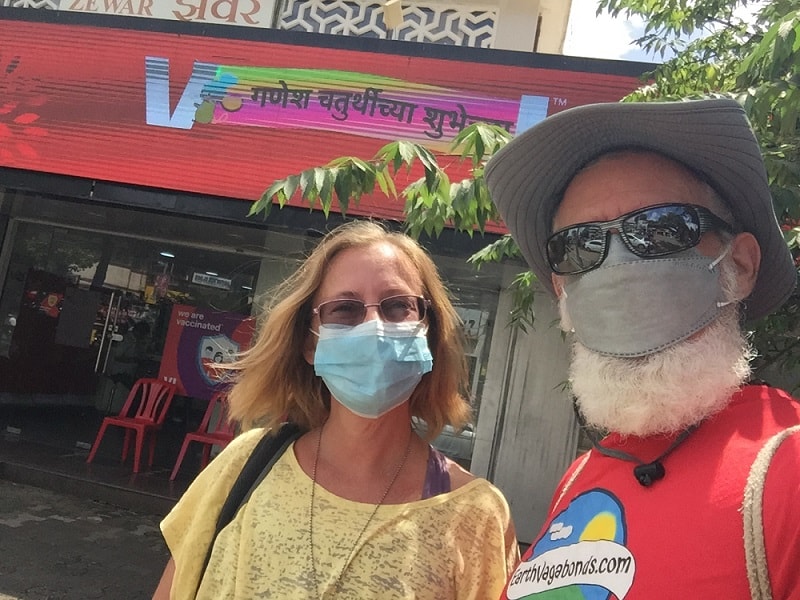
A SIM card in the Philippines with 4G service in 2022 cost $8 a month for data and about $1 for the SIM card (no calls).
It was good enough for video calls – when I could get a signal in the rural area where we stayed. Coverage in big cities was better. (Network upgrades after the pandemic hit took many places in the Philippines from 3G to 4G. Some tourism hot spots now have 5G.)
Another example, in Thailand in 2022, it cost $12 for a SIM card and one month of 4G service (data, no calls). In Bangkok and Hua Him, data service is consistent and a decent speed.
3 Extra tips on communication services
1: Rural areas in developing countries still have many dead zones. So even if we did travel with an international plan by an American company, we might not get a signal everywhere anyway!
2: In some countries, like Thailand, you have to show your passport to get the SIM card because the government wants to know what you’re up to.
3: Check for the exact time your data expires. I missed an important call on Messenger because my data expired at midnight, instead of the time of day when I bought the data.
Transportation costs
You’re not in Kansas anymore. If you want to know how to travel cheap around the world, you have to forget about frequent flights.
We aren’t exactly jet-setting into the sunset.
If you want to do this, remember, you can’t hop into your SUV parked in the garage.
Sometimes we ride on local “chicken buses”, like the one pictured below. That’s a jeepney – a common form of cheap public transportation in the Philippines. For less than ten miles you pay a few cents.
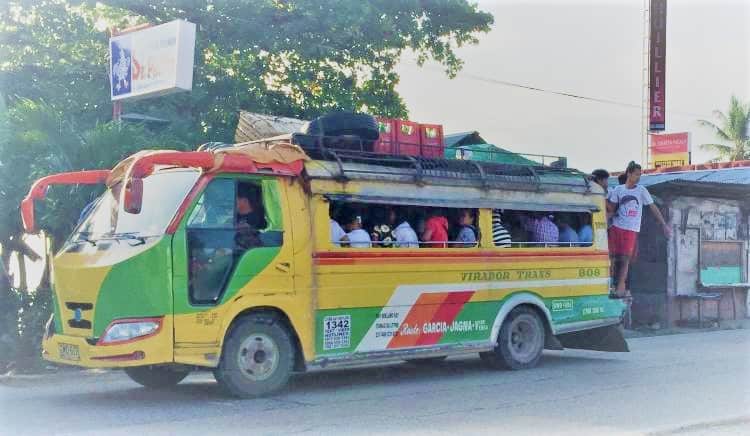
How to travel cheap with transport
We try to take regional buses, which are more modern and comfortable than the one pictured above. Prices vary by country and whether you’re going 50 miles, or 200 miles or more. But be assured: it’s usually much cheaper than a flight.
Also, we ride trains (budget) for regional distances whenever possible (lessening the pollution problem), as we enjoy the journey (slow travel) since we don’t have to go back to work (early retirement).
Since we slow travel – that is, we stay in one location for a month or more – we frequently buy used bicycles, like the one in Hua Hin, Thailand, pictured below.
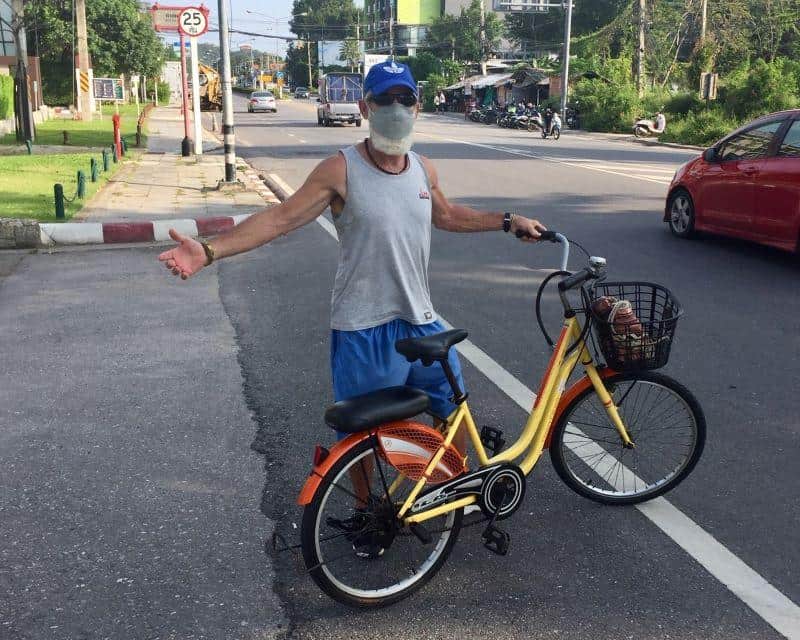
Not only do bicycles save money and prevent more pollution, but they’re great for exploring and exercise.
When we leave a location, we donate the bike.
We also walk a lot. Pack comfortable walking shoes and a hat. And for me – a middle-aged female adventurer – a hand fan comes in handy.
Public bathroom problem
When the bus pulls off at the rest stop in the Berber mountains of Morocco, you will likely find a primitive toilet unlike any you’ve used in the USA.
Doing your business in a homestay at Panama’s San Blas Islands might mean an outhouse that drops into the ocean.
In much of the world, you cannot flush the toilet paper. Sometimes we’ve had to burn our own paper. (And yes, we have a post for that, too.)
Fact: public bathrooms sometimes have no seats, no paper, no soap, no water, and you had to pay five pesos for the honor.
How to solve the bathroom problem
Accept it. And try to do your business at ‘home’.
Long before COVID, I carried some tissues and hand sanitizer.
I also discovered a helpful trick that works for squat toilets. You might get grossed out, but this is the real world.
I wear knee-length skirts on travel days when possible. If I have to use the squat toilet at a bus stop, it’s easier for me to manage the squat.
The problem of missing family
It’s great to take an extended trip and travel the world in early retirement.
But at some point, you are going to severely miss your family – never mind mint chocolate chip ice cream.
How to solve the problem of missing family
You might think the answer is to go back and visit. Sure, that’s one answer.
But it’s not exactly how to travel cheap if you are always flying from one side of Earth to the other.
A better answer for traveling cheap might be to schedule a trip ‘home’ and slowly work your way back west, or north, etc. Move in the general direction of ‘home’ – doing slow travel on the way.
You might think another answer could be to call. Sure, that works. Somewhat.
It’s never the same to see Brady Bunch boxes on a Zoom call with family as it is to sit down at a dining room table and revel in real time connection.
Before you set off on your adventure, accept that as a budget slow traveler, you might not see your family for extended periods of time — and — your family might have zero interest in catching up with you on your travels.
When people ask for money
Beggars ask you for money, including while you are dining at a street side cafe or a beach joint they could never afford.
Everyone from locals with an emergency, to people who walk up to your cab gesturing to their mouth, to a mother and child on the sidewalk, to a legless man on the beach, and on and on.
How to solve the beggar problem
This will always be a problem. The world is full of greed, corruption – selfishness. So there is no solution I can offer here.
We try to be as generous as we can. Oh – the stories we could tell! Most of the time, we try to help people who become friends – or make donations to organizations where the money will be best utilized for longer-term solutions.
Our monthly budget breakdowns always have a charity/gift category, like this one from 2022.
We count our blessings at all times.
10 challenges on how to travel cheap: Solved!
I hope you enjoyed how we overcome these 10 challenges of how to travel cheap.
None of them will deter us from our dream lifestyle of budget slow travel in early retirement. These ‘problems’ make it all the more authentic, fun, real – and they make me grateful for all that I’ve been able to learn and experience.
So if you live vicariously through us, or if you want to join us out here, remember: it’s not always a picture-perfect journey, but it’s definitely a thrilling adventure!
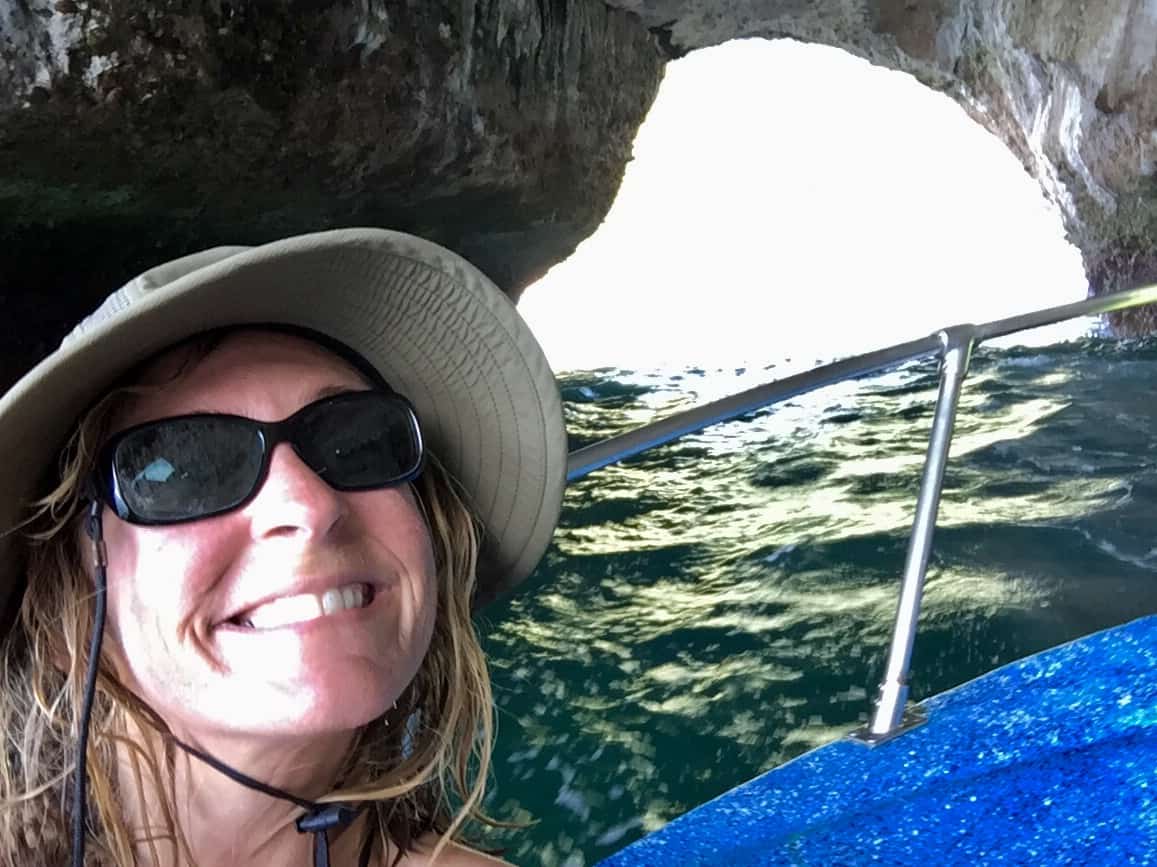
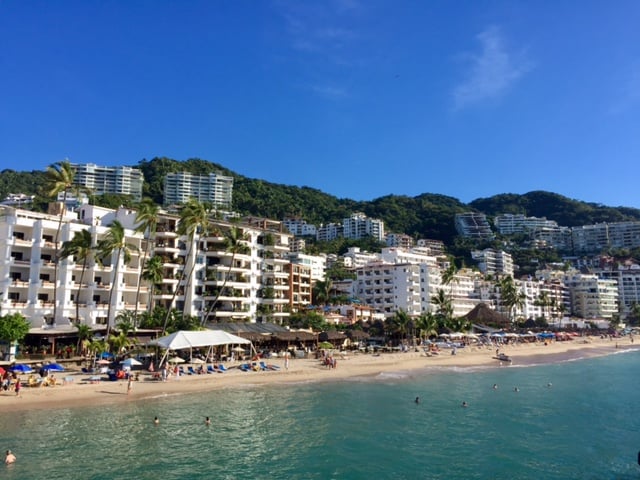
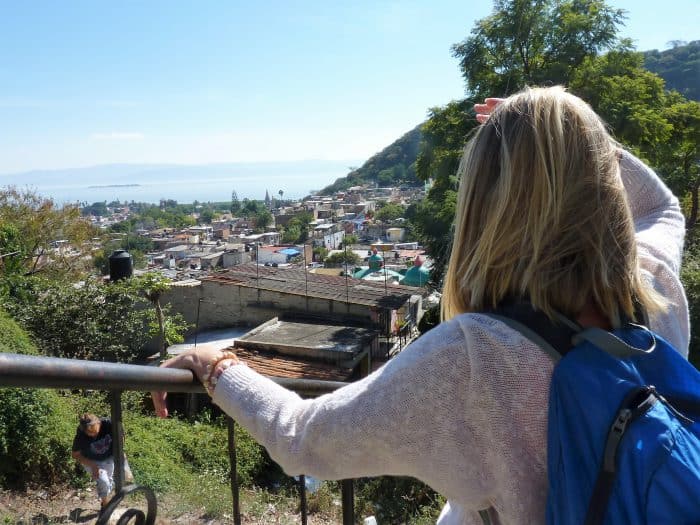
This article was originally posted on December 11, 2016, updated on May 20, 2022, and updated again on September 18, 2022.
Thanks for reading, “How to travel cheap and handle problems.”
Earth Vagabonds Newsletter
If you enjoyed this article, and want to learn more about a budget slow travel lifestyle, sign up for our newsletter!
We don’t spam you (remember, we are an independent blog), and we’d love to see you out here one day!
See where Earth Vagabonds are now! Visit the main page.
Other articles you might like:
- 10 unusual things always on our pack list
- A look inside my travel bags
- Best travel way to make brewed coffee

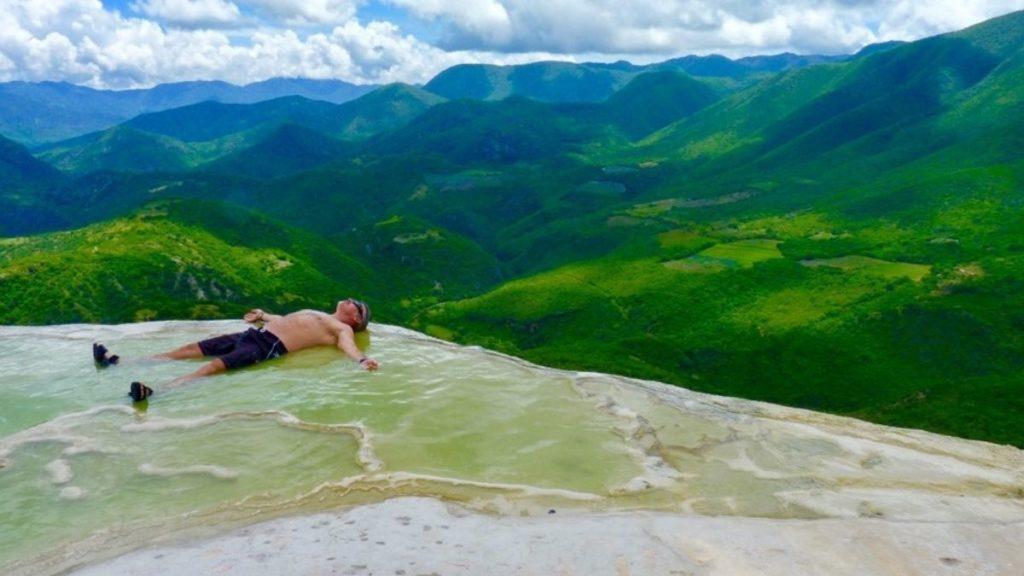
yep! been there done that…..all of it! and keep goin back for more ?